I’m pretty sure it’s a scientific fact that no human being can resist a kitten. Those little toes! The big eyes! And don’t get me started on the whiskers. Kittens have been stealing hearts since forever. It doesn’t matter if it’s a cute calico kitten swatting at your hair or a tabby taking a nap in your favorite slipper, kittens of all colors are adorable. Kittens stay kittens for only a few months, but those months are filled with silly antics and a lot of memorable moments.
Everyone has probably at least held a kitten before, but how much do you actually know about baby cats? Check out these interesting facts to learn a little more about the cutest animals in the universe.
1. A kitten’s whiskers are as long as their body is wide.
One of the first things you’ll notice when looking at a kitten’s face are their whiskers. Kittens are tiny little things, but their whiskers are pretty impressive. They grow to be as wide as their bodies are wide to help them navigate the world. This is especially helpful for young kittens that are still getting used to working all their limbs.
2. All kittens are born with blue eyes.
A kitten’s eyes are definitely on the list of their cutest attributes. All kittens have pretty blue eyes when they’re born. As they grow, their eye color continues to develop. For a lot of kittens, this means their eyes change color. Even cats with dark eyes once had blue peepers.
3. Newborn kittens can purr.
When kittens are first born, there are a lot of things they can’t do. They can’t see or walk around, for example. That’s because they still have a bit of development to get through. But one thing they can do really well is purr. You can often hear brand new kittens purr the first time they nurse with mom.
4. Kittens are blind and mostly deaf until they’re 2-3 weeks old.
Kittens open their eyes for the first time when they’re around one week old. But even then, they can barely see. They also can’t hear clearly. They’re completely dependent on their mom during this time.
5. Kittens only weigh 3-4 ounces at birth.
Newborns are incredibly tiny. Even the heftiest babies only weigh about the same as a small lemon. They do a lot of growing in the first few weeks of life.
6. Kittens can’t regulate their body temperature.
When kittens are still in their tiny stage of development, they can’t generate and regulate body heat like mature mammals. This leaves them extremely vulnerable to the cold. They need to snuggle up close to mom and their siblings to keep warm. If you ever find an abandoned baby all on their own, your first concern should be making sure they’re warm.
7. They can’t go to the bathroom on their own.
Things are going to get a little gross here, but kittens can’t pee or poop on their own. As you can imagine, this is a very important bodily function. Mama cats know this and help their babies out. They will lick their baby’s stomach and rear to stimulate the digestive system and help move things along.
8. Kittens learn to walk when they’re around three weeks old.
While some baby animals stand up on their own within minutes of birth, cats need a little more time. Kittens don’t learn to walk until they’re around three weeks old. Their first steps are always wobbly and adorable. About a week after they’re officially mobile, they start to run and play.
9. Kittens of the same litter don’t always have the same dad.
It sounds crazy, but if there are multiple offspring in a litter, there could be multiple dads. There can only be one single sperm per egg. And if mama cat mates with different males close together during the same heat cycle, her eggs could be fertilized by different sperm from different cats. This is called superfecundation. It can explain why some kittens in a single litter look a lot different from each other.
10. They need to eat every 2-3 hours.
Being a mother cat is exhausting work. When babies are tiny, their little bodies need a lot of sustenance to support ongoing development. They must nurse every 2-3 hours to stay healthy. This is why bottle feeding kittens can be so hard. You can’t miss a feeding, so that means waking up every two hours and never leaving the kittens for too long.
11. They’re surprisingly easy to potty train.
Unlike human children and even dogs, kittens take to potty training almost naturally. You usually just have to place them in a litter box and let them do their thing. They figure it out for themselves thanks to watching their mom and their instinct to bury their waste.
12. Kneading has an important purpose.
We often say cats are “making bread” when they move their paws in a way that looks like kneading. It’s super cute, and it also serves an important purpose. They do it to stimulate milk flow while nursing. And when they’re older, it’s a behavior that shows they’re seeking comfort.
13. Fleas are a real threat.
You don’t want any animal to get fleas, but kittens are especially at risk. They’re not old enough for topical flea treatments. But if they get the tiny parasites, they’re at risk of developing a lot of other diseases. And because their immune systems are not fully developed, those diseases could be fatal.
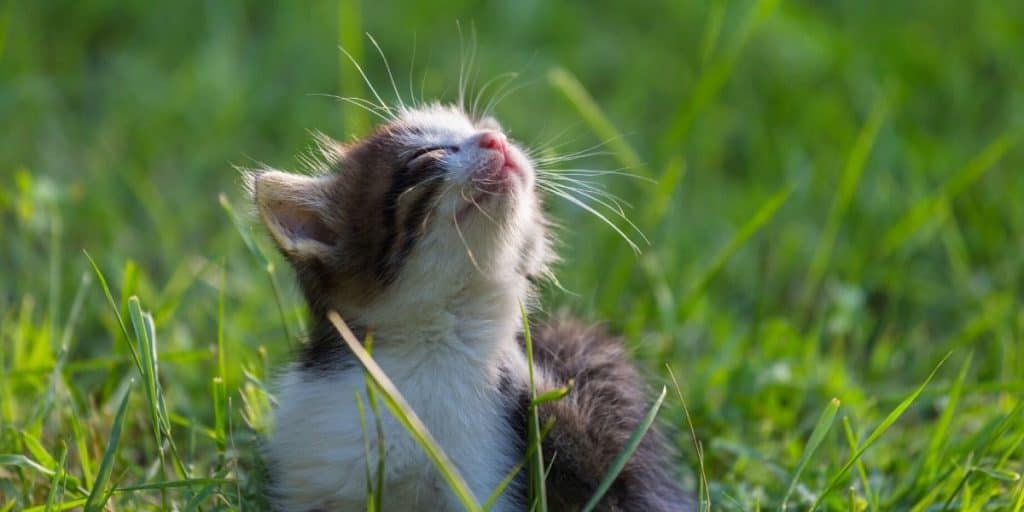
14. Spaying and neutering is important.
A five-month-old cat still looks like a kitten, but biologically, they’re mature enough to reproduce. Procrastinating on having a cat spayed or neutered is never a good idea. There are too many homeless pets dying in shelters to risk an unplanned litter.
15. They’re talkative little babies.
Besides all the cute squeaks, kittens learn to meow soon after birth. It’s their way of communicating with mom and letting her know they’re hungry. A litter of kittens is surprisingly loud. Once they stop nursing from mom, kittens meow to humans to get what they want.


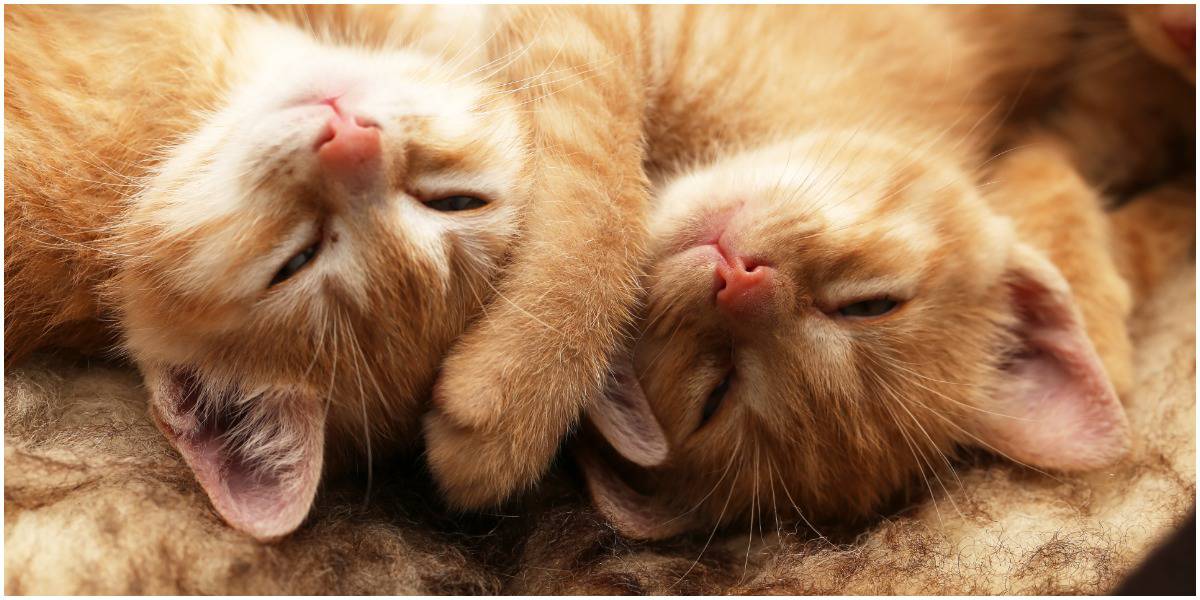
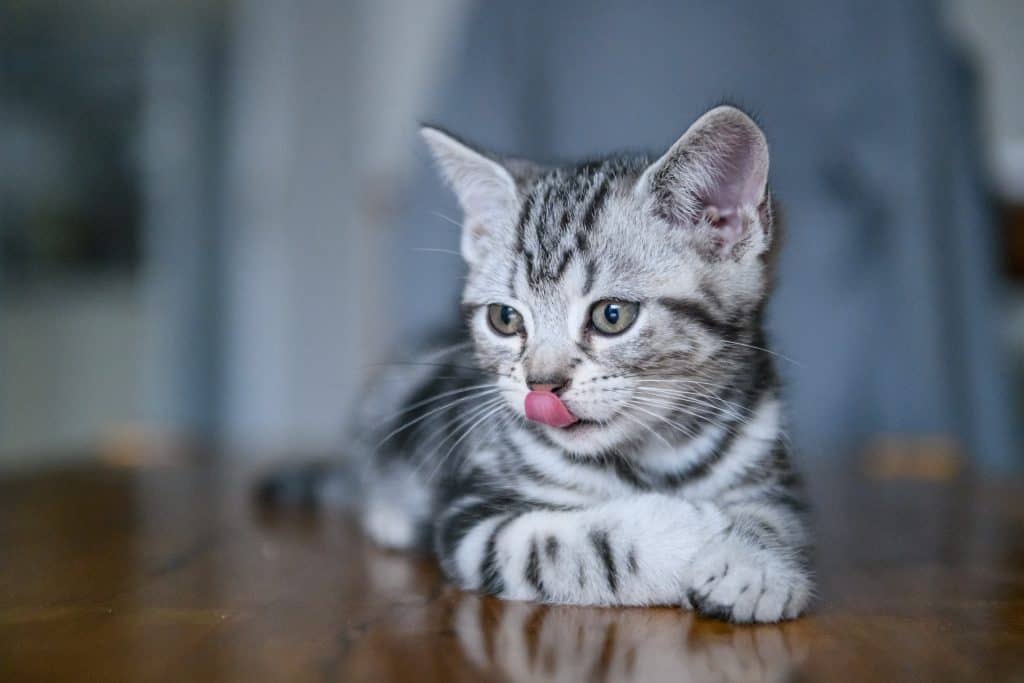
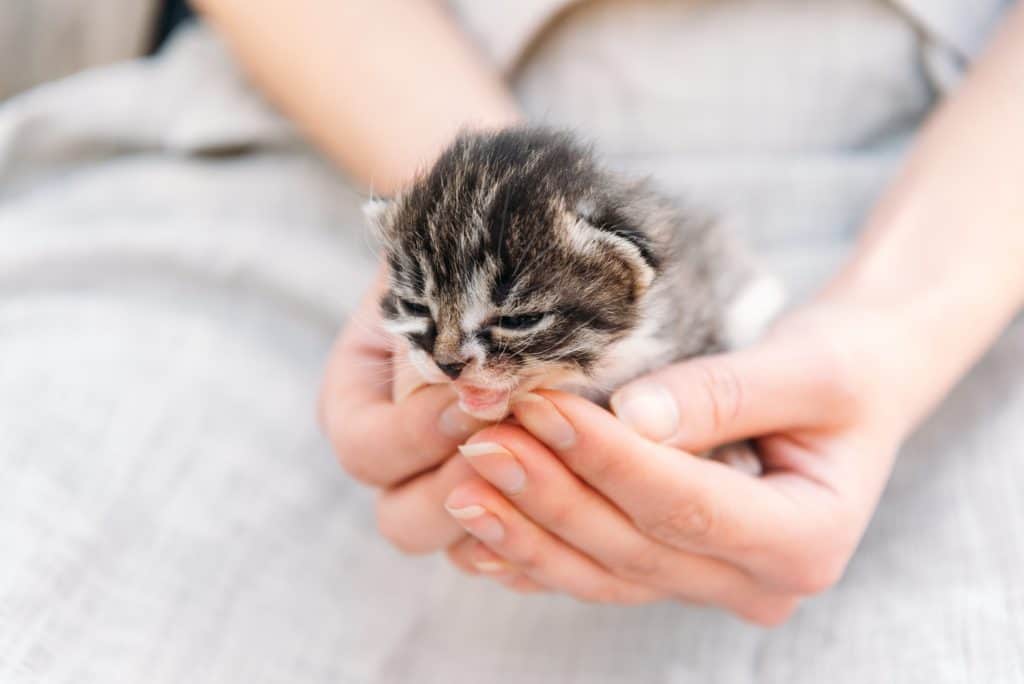
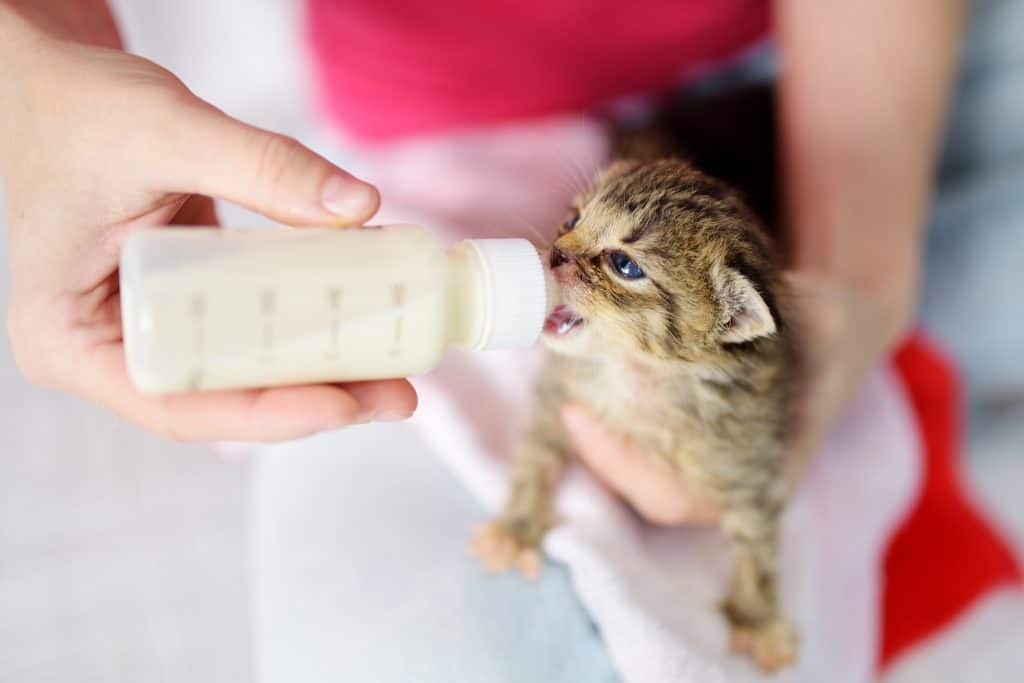
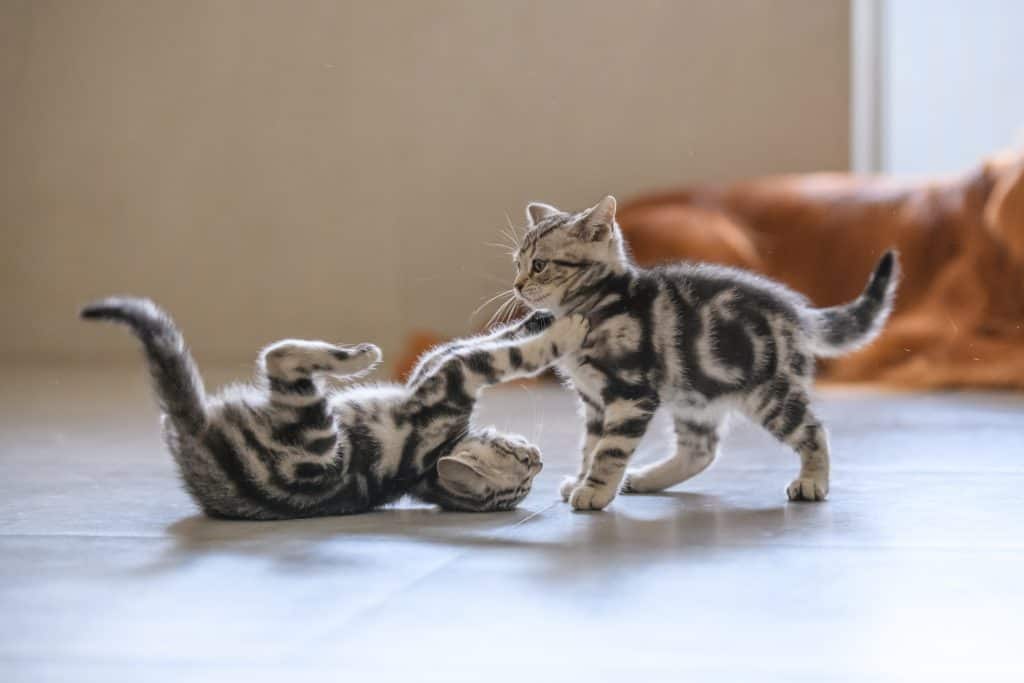

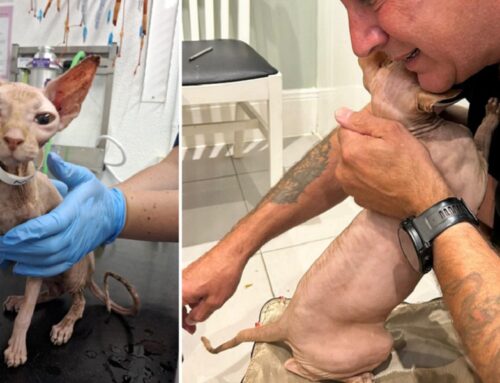
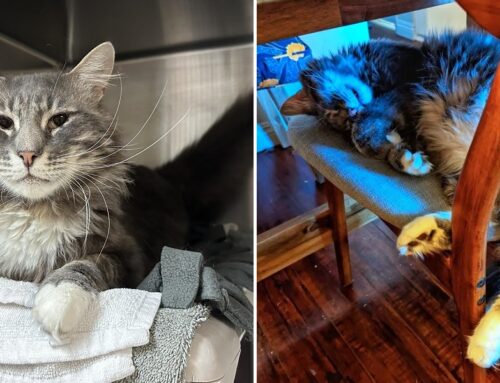

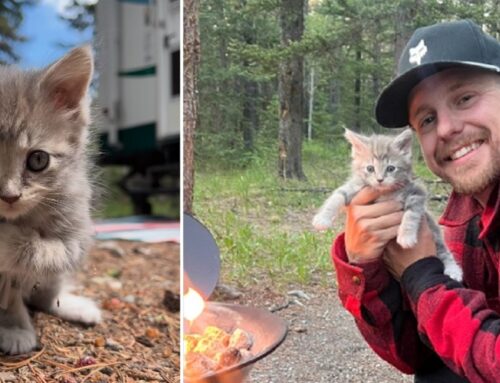



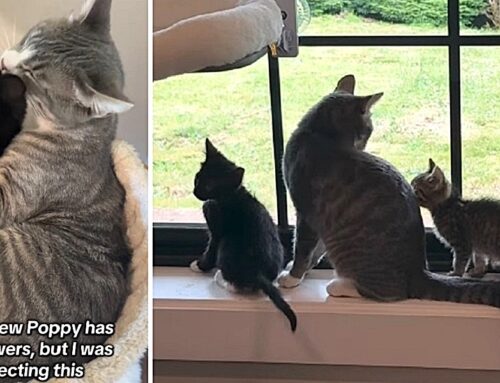
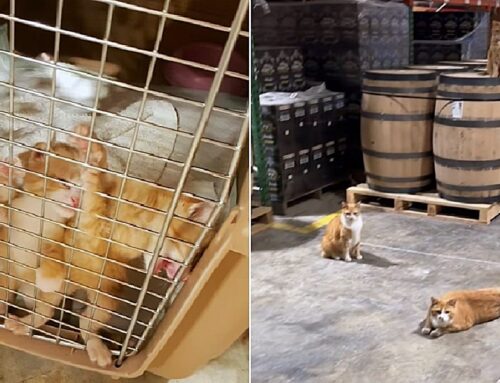

You mean WEEKS, not months, for #4.
Mine are years old and still act deaf when I call them
No.14 is so important but it seems you’re talking in a strange language trying to put this across to most owners of cats. I’m not talking about cat LOVERS I’m talking about people who just have cats. Those that don’t communicate with their cats, they’re ‘just there’. Every kitty puss should be spayed/neutered unless the owner intends to breed from the cat. Not only is it better for said fur baby it’s also pretty damn good for the environment too.
Anyone that doesn’t love kittens and cats shouldn’t even exist. Period.
Yes
My vet recommended spaying at 4 months old, not 5 . . . which we did. Zoe has been an indoor kitty ever since we found her on our doorstep when she was a teeny baby, but you never know when a kitten might scoot out the door unexpectedly.
I feed 10 Ferrell’s every morning, they call the sewer their home. There are 4 adults and 6 babies, well the babies are 5-6 months old and they all are playful, well fed and most importantly, friendly. The car wash/truck stop owners want them out, as in yesterday. I cannot keep them as I have 5 Ferrell’s who have been with me for 16 years and don’t take kindly to others. I’ve tried.
I live in so. Cal, Riverside county, menifee to be exact, I need a home for all or some. They would be great Barn cats, or great new additions to your home. Help me help them….
Jeff. Jeffheldebrand421@gmail.com